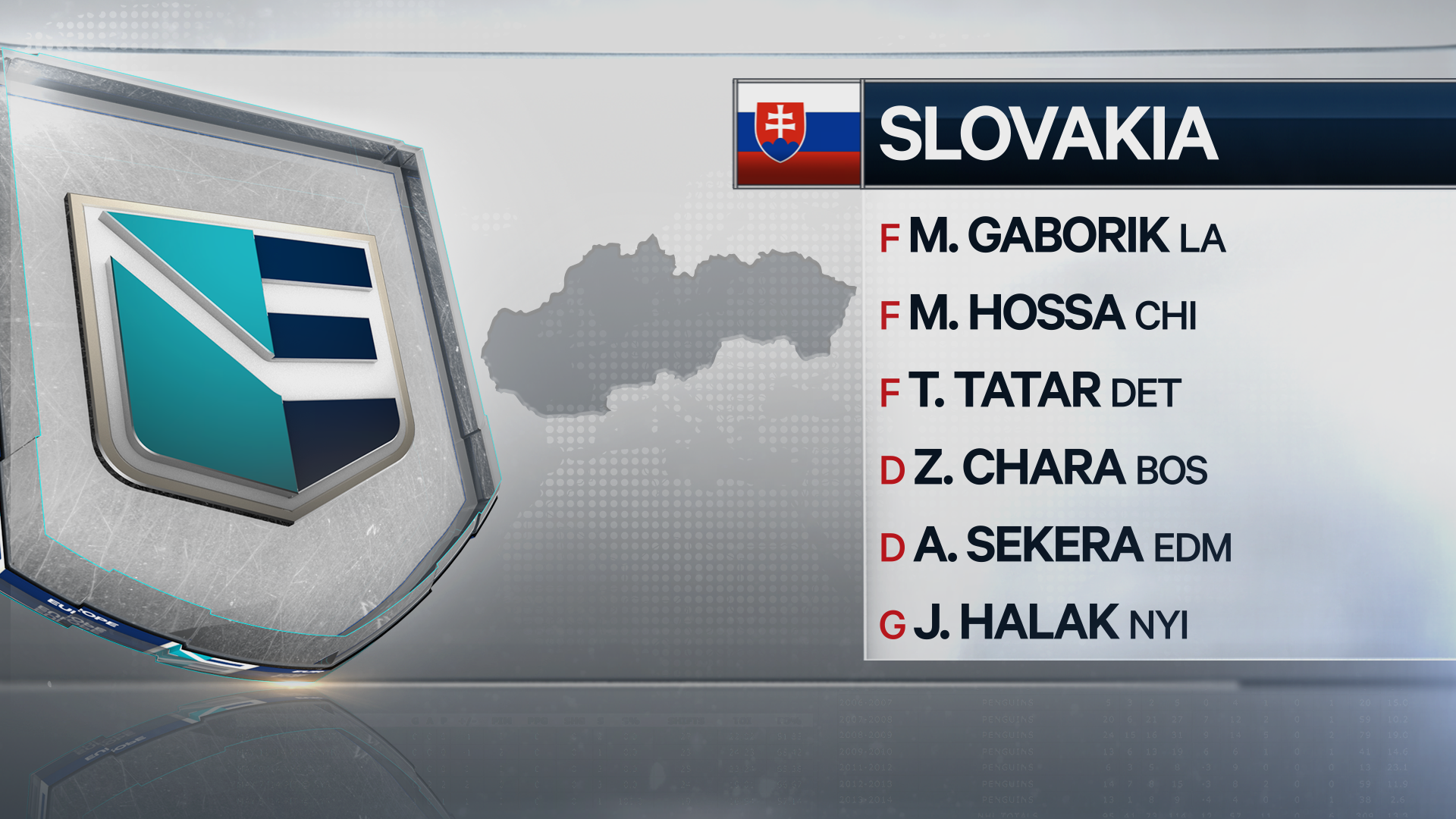Introduction
On the heels of the 2016 World Cup of Hockey, it’s a good time for me to address a sports issue that I have been passionate and adamant about for the past 15 years.
In short, Slovakia as a hockey nation, does not get anywhere close to the credit they deserve and are criminally under-rated. Over the years I’ve been bewildered at the media’s refusal to acknowledge Slovakia as an elite hockey nation. I am not affiliated with Slovakia in anyway, through birth or ancestry, and my motivation for this essay is solely as a hockey fan to set the record straight for the hockey community. Aiming to bring about a change where the hockey community recognizes that in the modern era, the generally accepted perception that there exists a ‘Super 6’ of elite hockey nations is incorrect, and rather there are 7 nations who have continued to distinguish themselves as the world’s top tier.
Until recently there has long been a huge gap in talent between the world’s 7th best hockey nation- which at various times would have been one of (Czech Republic, Slovakia, Finland, or the USA), and whoever the 8th best hockey nation was at the time.
In the last 7-8 years, Switzerland has improved dramatically, and during the same period, a “golden age” of hockey for both Slovakia and Czech Republic has come to an end, which in turn has significantly closed the gap between the #7 and #8 hockey nation. However, this gap in elite talent does still continue, just not as glaring as it was from at least the 1980s until 2010.
Thesis
Since the dissolution of Czechoslovakia, Slovakia’s National Team has been consistently disrespected and under-rated by the International Ice Hockey Federation, as well as by the NHL and the hockey community at large.
The premise of this essay is to prove through historical information, on-ice results, and team rosters that Slovakia as a hockey nation clearly belongs in a group with the so-called ‘Super Six’, and not lumped into a group with the with the smaller hockey nations who rarely have a realistic chance of winning a best-on-best game versus one of the Big 6 nations.
Over the course of this piece I will explain the politics, misfortune, and injustice that has prevented Slovakia from being viewed in the same light as the other elite hockey nations. I will recount the performance history that Slovakia has had since becoming an independent country in 1993. I will detail with hard evidence that it is factually incorrect to put Slovakia in a category with hockey nations such as Germany, Switzerland, Latvia, Belarus, Austria, and Norway.
Why You Should Care
Ice hockey is a sport that has a very limited number of elite countries that can compete at the highest level. There are 7 to be exact. It’s not a sport like soccer where there are 80 solid National Teams around the world. Also, there is a very small number of countries, less than 7, where hockey is the most important sport in the country. Slovakia is one of these few nations.
When having a best-on-best tournament the integrity of the entire event is compromised when one of the elite countries is not invited. Slovakia has been snubbed 3 times from appearing at best-on-best tournaments when they clearly should have been present, and furthermore, considered a pre-tournament contender of making a deep run.
Event #1- Slovakia’s Loses its Hockey History
Czechoslovakia was always a strong hockey country prior to the nation splitting into 2 separate countries on January 1st, 1993.
At some later point, I will go back and detail the success that Czechoslovakia had, and breakdown what percentage of their teams were Slovak versus Czech players, however for this article I am going to focus on what’s happened since the break-up of the former nation.
When the two nations split in what is known historically as the “Velvet Divorce”, (a term that refers to the mostly peaceful dissolution of Czechoslovakia), part of that agreement was that the new Czech Republic was to be the owner of the combined-nation’s sporting history. This political arrangement, which was a small piece of the overall break-up of a nation, was the root cause for all the following injustices the Slovakian Hockey team has incurred. Slovak players were always a large part of the Czechoslovakian teams, but due to these politics, Slovakia was stripped of their hockey history.
This lead to Slovakia being viewed as a brand new hockey nation by the International Ice Hockey Federation.
It’s important to separate the technicalities of this political agreement with the truth regarding the sporting history of Czechoslovakia. The Czech Republic has a modern population of roughly 10.5 million people, while Slovakia has a population of 5.4 million people. That means that Slovakia is about half the size of the Czech Republic, and comprised 34% of what was formerly Czechoslovakia.
As stated above, I will do future research on the sub-national composition of Czechoslovakia’s National Teams in best-on-best tournaments, but I think it would be a safe estimate to assume that the percentage of Slovaks on the Czechoslovakian teams was in proportion to the populations of both nations; which would mean that roughly 34% of the success the combined-nation achieved should be credited to the Slovaks.
Event #2- The IIHF demotes the newly independent country of Slovakia
The political arrangement that would see Czechoslovakia’s sporting history owned exclusively by the new Czech Republic is the root cause for the subsequent injustices the Slovakian National Team has suffered.
After the dissolution of Czechoslovakia, the International Ice Hockey Federation ruled that because a smaller percentage of the Czechoslovakian team had been Slovaks at the time, and also factoring in that the Czechs got to keep the combined-nation’s hockey history, the IIHF concluded that Slovakia would need to start in the International 3rd tier; while the Czech Republic could start play in the world’s top-tier.
Important to note: the Slovakians had long claimed discrimination within the Czechoslovakian National Team; which was tightly controlled by the Czech-contingent. Allegedly, quotas were in place to minimize the number of Slovakian players and to ensure the team was always a higher percentage of Czech players.
Due to this ruling by the IIHF, from 1993 until 1996, Slovakia was essentially assigned to hockey’s abyss, and forced to win its way up to the world’s top-tier. This 3 year hockey gap when Czechoslovakia split, created a false-truth among hockey pundits, that the Czech players must have been the strength of the former Czechoslovakian National team, while in truth, those teams were significantly made up of both Czech and Slovak players.

